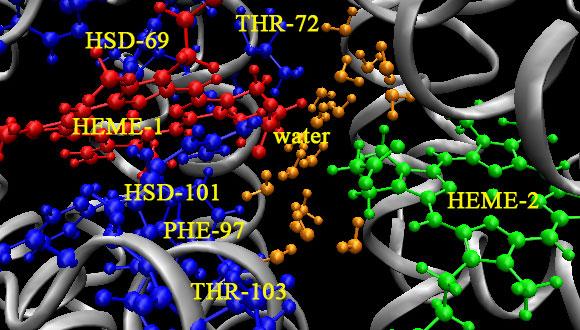Physical Chemistry Seminar: High dielectric materials in 7 T human MRI
Dr. Rita Schmidt, Department of Radiology, Leiden University, The Netherlands
Abstract:
A deeper understanding of electromagnetic radiation in dielectric materials, under the influence of a magnetic field, is crucial for MRI at ultrahigh fields (>4 T); both for improved imaging, as well as for development of a new method for electrical properties estimation. The electrical properties of tissue – both permittivity and conductivity – contain important and useful physiological information, for example, for distinguishing between malignant tissue and normal tissue. Current methods of electrical properties tomography (EPT) suffer from significant artifacts. My study, however, offers a new approach for such imaging. This is achieved by generating several conditions of the spatial distribution of the transmitted radio frequency (RF) magnetic field, by utilizing the presence of a high permittivity dielectric material (HPM), and then using Maxwell equations in their integral representations to reconstruct the EPT. This method circumvents the typical artifacts that occur when EPT is estimated by current methods.
The challenges and new opportunities associated with the human MRI at ultra-high fields (>4 T) are further motivation for research – coping with significant inhomogeneity of the RF magnetic field, as well as developing new resonators. Placing HPM in the vicinity of regions of interest can show both local increase and severe decrease in the RF magnetic field intensity. Shaping the HPM with holes (e.g. pre-fractal arrangement) can manipulate the magnetic and electric fields, and improve the local or global RF field intensity. In addition, dielectric materials can be used to build new dielectric resonators; for example using just water. By combining these new resonators with traveling wave antenna, a new simple implementation for dual-nuclei imaging can be created (for example, protons and phosphorous nuclei).


